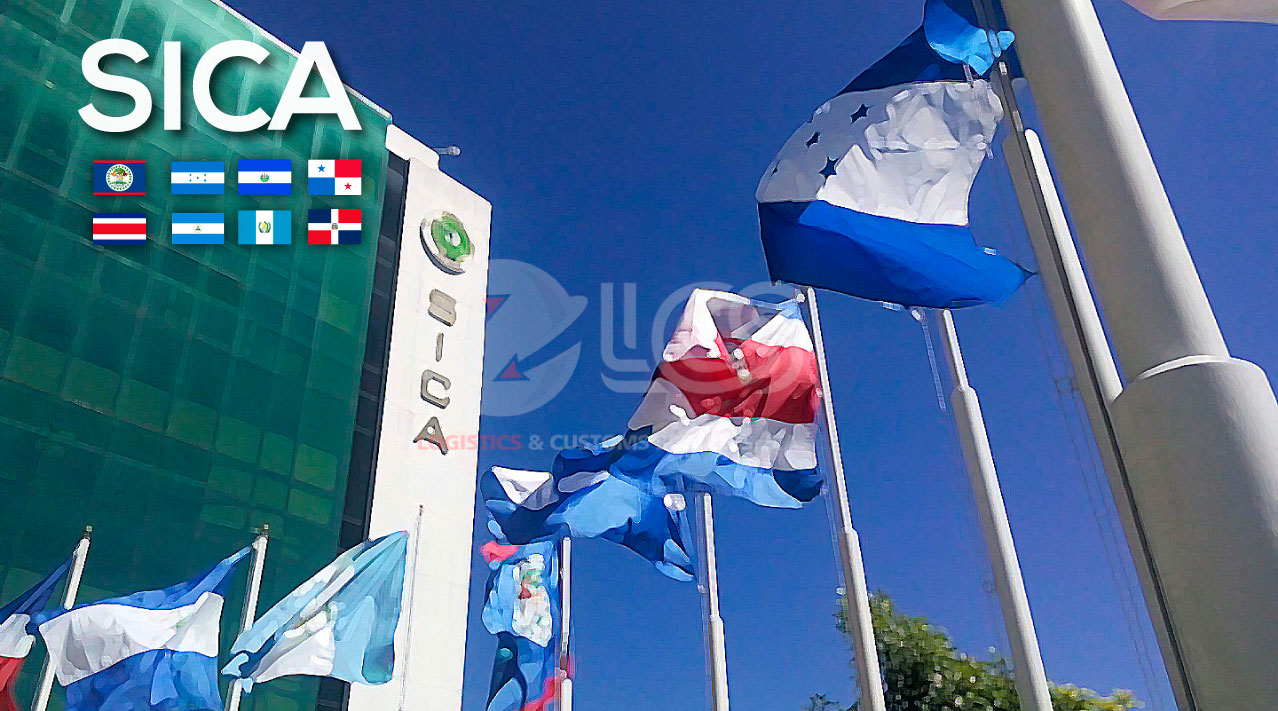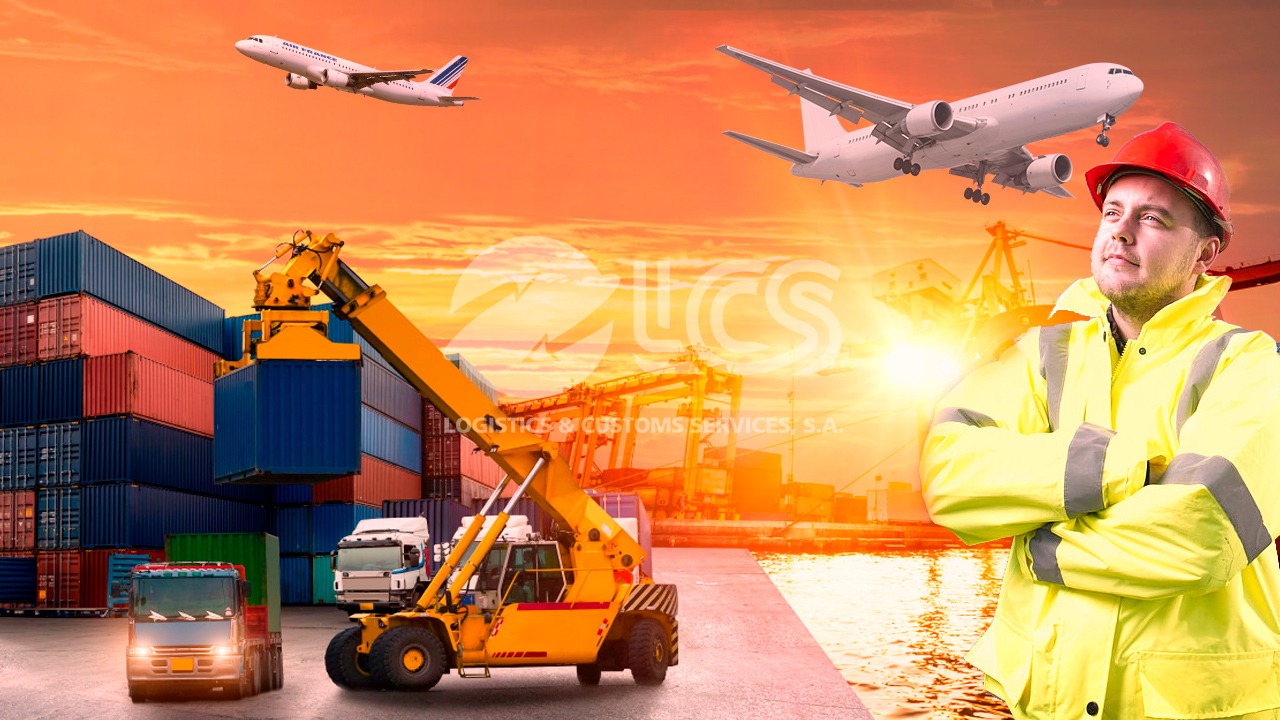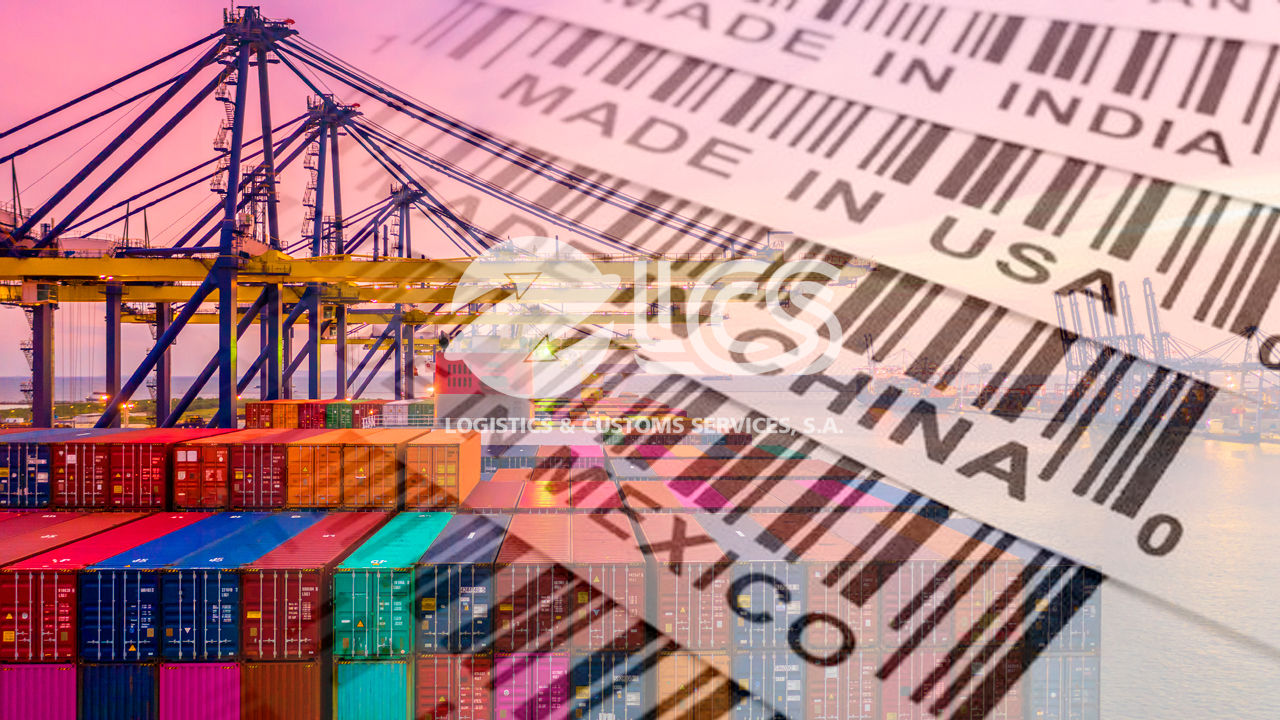Blog | Customs and Logistics
Panama's first customs and logistics blog
Panama's first customs and logistics blog

As we have seen in the article regarding Rules of Origin: what are and their importance in international trade, the rules of origin are of great importance for the assessment of the products, and for the policies of sanitary measures, among others. However, we will focus on its use for the application of customs benefits granted by Free Trade Agreements, which are beneficial for both imports and exports.
Nowadays, with the globalization of economies, it is very difficult to find finished, manufactured or transformed products using raw materials and labor, entirely from a single country, hence the application of the different methods or criteria of determination of origin of the product, in order to apply a special benefit within a trade agreement.
As a first method or criterion we can mention the TARIFF JUMPING, which basically consists in determining if the level of transformation of a product is significant, for which each of the components is examined and classified.
As an example, we can say that a strawberry jelly, in which the strawberry, which is the raw material, was imported from a third country, under the line item 0810.10. However, after the preparation of the product, the strawberry jelly is classified under line item 2007.99, which is an important change in its tariff classification and depending on what has been negotiated, it could be considered as original for import or export.
A second applicable method or criterion is the REGIONAL VALUE CONTENT, which seeks to determine based on the value of the materials, and depending on what is negotiated in each item, it can be applied as original.
Its formula is:
| VCR = | VT - VMN | x 100 |
| VT |
VCR: Regional Value Content, expressed as a percentage.
VT: Transaction value of a product based on F.O.B.
VMN: Value of non-originating materials used by the manufacturer or producer, adjusted to the C.I.F.
Example: A handbag with a sales value for FOB export of 120.00 and with non-originating imported materials used for its manufacture of 40.00 CIF value. Then it would be:
| VCR = | 120 - 40 | x 100 = 66.67% |
| 120 |
A third method is the CUMULATION OF ORIGIN CRITERIA and this is applied reciprocally between the countries that are part of the agreement, which recognizes as originating products made with inputs from a country that is part of the agreement. For example:
Countries A, B, C are part of the same agreement, assuming that country A produces cookies and bread for export.
If country A imports flour from country B to make bread, it is considered to originate in country A. Likewise, if it imports powdered milk from country C to make bread, it is also considered to originate in country A.
This criterion is not only limited to materials, but also to their manufacture.
There are other criteria, such as the MINIMIS, which makes the application of the rules of origin a little more flexible, allowing goods to be considered originating even when not all non-originating materials comply with the required change of classification, as long as the non-originating materials that do not comply with the corresponding classification gap do not exceed 10% of the adjusted value of the merchandise.
It is important to mention that Free Trade Agreements are negotiated by item and that there is a list of specific rules of origin within each one that helps us determine whether or not a product can benefit from a preferential rate and this is very important to be verified beforehand carrying out an international import or export transaction.
At Logistics & Customs Services, S.A., we have a qualified staff that provides you with the necessary advice to carry out your business in the most beneficial way for our clients and in strict compliance with the laws and procedures that must be complied with in each of the operations.




We are a customs agency that offers personalized services for the management of imports, exports and procedures with institutions, derived from the development of international trade.
We have a highly qualified staff for handling all types of customs procedures, trained to provide convenient and effective solutions in each of our clients´ operations.
Contacte a su corredor de aduana en Panamá
Ave. Ricardo J Alfaro, Edificio Century Tower, Piso 9, Oficina 918.
261-6530 / 261-6104